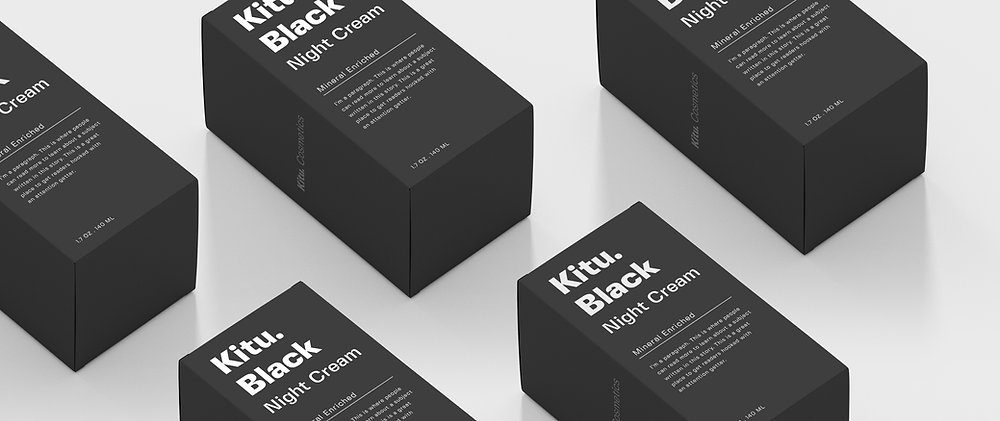
Before launching a brand, every entrepreneur and startup should push the pause button before committing to a business name. While the excitement of moving into branding campaigns, web design and logo design is much more tempting than consulting with a trademark attorney, we can promise that this moment of pause will be well worth your wait. A strong trademark will not only help the goods and services offered under your brand to become more recognizable, but will also save you from the headache, lost time and expense of trademark legal issues.

Building a strong brand starts with a foundation, and this is a name that quickly and clearly identifies your business as the source of your goods and services. The stronger your name, the more easily you can build a brand by avoiding confusion with competitors. A strong trademark will also enable you to prevent others from using your trademark or even a trademark that is similar. Your chances of a successful trademark registration are also greatly increased with a strong trademark.
So, what adds strength to a trademark?
Trademark strength is graded on a scale from FANCIFUL to GENERIC, with the fancy mark being the strongest.
Strongest Trademark – FANCIFUL – A fanciful trademark is an invented word that only has meaning as it relates to your goods and services. A great example of this is SKIMS® as a source identifier of shapewear and clothing. This is the style name that you want to come up with for the greatest chance at trademark registration.
Moderately Strong Trademark – ARBITRARY – Unlike a fanciful trademark, an arbitrary trademark has a common dictionary meaning but is used to identify a good or service in a way that is unrelated to its commonly known meaning. Our favorite arbitrary trademark is BAMBOOZLE® as a source identifier of kitchen compost containers made of biodegradable bamboo fiber. Merriam-Webster defines “bamboozle” as a verb “to deceive by underhanded methods; to confuse, frustrate, or throw off thoroughly or completely.” This functions perfectly as an arbitrary mark, as such deception has nothing to do with your compost. Or does it? Have you asked your avocado shell if it felt deceived or confused by the composting process?

Moderately Weak Trademark – SUGGESTIVE – A suggestive trademark is composed of a word or words that suggest some fact or quality about the goods or services offered under the mark, yet does not describe a quality of the goods or services outright. Our favorite example of a suggestive trademark is ALMOND COW® as a source identifier of processing machines for making almond milk at home. The strength of a suggestive mark can also vary depending on how it is comprised, and which trademark classifications are applied for. An experienced trademark attorney will be able to guide you in the best way to avoid a suggestive mark being refused registration as a descriptive mark.
Weak Trademark – Merely Descriptive – A merely descriptive trademark does exactly what the name suggests. The trademark merely describes the goods and/or services provided under the trademark. A merely descriptive trademark will instantly inform a consumer about some quality or feature of the goods and services in connection with the mark. However, what gives a merely descriptive mark strength over a generic mark is its ability to transform into something that is not inherently descriptive. An experienced trademark attorney may be able to get your merely descriptive trademark registered with an argument that your trademark has acquired “secondary meaning” or “acquired distinctiveness.” An example of a mark that is merely descriptive is American Airways® in connection with airlines fling in America. If your trademark application is refused on these grounds, don’t be too disappointed. There are a few procedures that can be used to ultimately register a merely descriptive mark.

Not Trademarkable – GENERIC – A generic mark can be one of two types. First, a generic trademark is the commonly accepted dictionary meaning of a word. Due to this commonality, a generic term cannot immediately function as a trademark because it cannot be a source identifier. For example, if you attempted to register the word “coffee” under the coffee classification, you would be rejected rather quickly. However, the magic of a generic word is all in the classification. If you file a trademark for the word “coffee” under a technology class, suddenly you have an arbitrary mark, and it would no longer be considered generic. A second way a mark can be considered generic is through non-defended infringement. This can turn a once acceptable registered trademark into a generic mark and actually cancel the registration. Our favorite example of a once acceptable trademark turned “generic” is BUBBLE WRAP.
Here’s a tip – once your mark is registered, you must do everything you can do to protect it from infringement and the risk of death by genericide. Don’t protect your trademark with BUBBLE WRAP. Wrap your trademark in several layers of cease and desist letters.
We understand that you may have already launched a business name or invested in substantial branding prior to learning about trademark registration, and that’s okay. You may have chosen a name that is fanciful or perfectly arbitrary. Even if you have branded yourself in a merely descriptive or generic way, there are several procedures that can be used to get your brand federally registered. A proper clearance search will help us to uncover most of the challenges your trademark application will face. This clearance report can also guide use in making subtle changes to your trademark to increase the likelihood of success. We partner with a branding firm to assist our clients in creating strong trademarks.

Monica is an attorney with a practice dedicated exclusively to trademark law. Monica is the founder and owner of Creative Law Studio, a law firm with creative minds to best serve creative clientele. Creative Law Studio is able to serve clients with a wide-range of budgets, due to the firm’s boutique, web-based presence. Creative Law Studio is committed to providing excellent counseling to our clients and we get just as excited about your trademark as you do.
Disclaimer: This blog/website is intended to be published for educational and entertainment purposes and to give readers a general idea of the law of trademark. This blog/website is not intended to give any specific legal advice or to target a specific person. Readership of this blog cannot create an attorney-client relationship between you and the publisher. This blog should never be used to substitute the seeking out of personal, legal advice. The discussion of an existing or potential trademark shall not be taken as an endorsement by creative law studio, nor shall the same be taken as an endorsement of creative law studio. The discussion of specific trademarks does not mean that creative law studio is a record attorney for such trademarks.
Discover more from reviewer4you.com
Subscribe to get the latest posts to your email.





